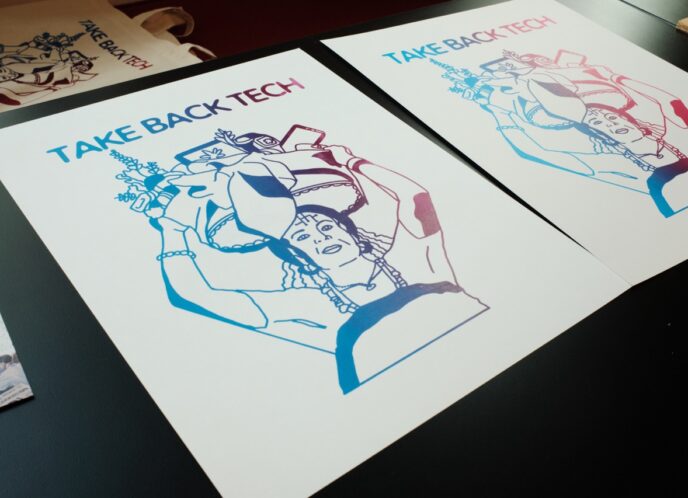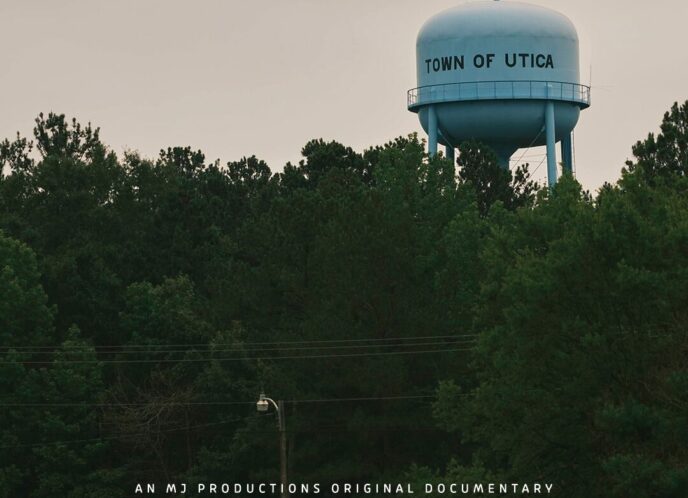Guest Blog by Steven Renderos, Media Justice Organizer, Main Street Project

The good news is we finally have a broadband plan. Now, on to the bad news. Just kidding. The Federal Communications Commission (FCC) recently delivered “Connecting America: The National Broadband Plan” to Congress which lays out recommendations for how the country should proceed in fully harnessing the, “power and promise of broadband.”
Main Street Project and its partner’s in the Media Action Grassroots Network worked tirelessly over the past few months to ensure that the recommendations in the report met the needs of marginalized communities (people of color, migrants, indigenous, low-income, homeless).
We took the stories to them by coordinating a policymaker education day in Washington D.C. where we met with FCC Commissioners Mignon Clyburn, Michael Copps, and staff from Chairman Julius Genachowski’s office.
We took our stories to the battleground: the Internet. We produced a video series called “What’s Your Internet Story?” so that people in their own voices could share their experiences and struggles with the Internet.
They came to us, as we partnered with the Social Science Research Council to set up over 170 interviews across three states (Minnesota, Pennsylvania, and New Mexico) which provided the data for the FCC commissioned report, “Broadband Adoption and Low-Income Communities”.
As many of our colleagues have pointed out, the National Broadband Plan is a good first step. But just like McDonald’s Value Menu, it’s more a series of snacks than a full meal.
As the SSRC report lays out, the number one factor to “broadband adoption” (definition: having access to internet at home) is the cost. THE INTERNET COST TOO MUCH AND NEEDS TO BE AFFORDABLE. Is that clear?
The broadband plan tries to address this in a couple ways. The first is by not defining what “affordable” is. So having no metric for what is affordable makes it easier to justify that it is affordable. Ok, I’ll stop being facetious.
The plan calls for some traditional forms of assistance like Lifeline & Link Up, which traditionally help low-income people subsidize the use of telephones. The plan wants to extend that program to include broadband. It also asks the FCC to consider licensing a block of “spectrum” that’s only to be used to provide low-cost or free internet service for people who can’t afford it. [Translation: Spectrum is another way of saying airwaves.]
And lastly, there’s a recommendation to establish a new Connect America Fund that would eventually replace the Universal Service Fund (USF). You still with me? Let me break it down. USF is a fund that’s used to provide affordable telecommunications services (telephone, mobile devices) to low income people and people living in rural communities. It also helps school and libraries with their telecommunications needs (internet, phone). Telecommunications companies pay into this fund, but in reality it’s the consumer who’s paying in to the fund. If you look at your phone or cell phone bill you’ll notice a tax item that says “USF”.
So we’re all paying into a fund, and the broadband plan wants to extend the uses of the fund to include subsidizing the Internet for communities that need it the most. This has the potential to help the individual in terms of being able to afford it, but meaningful change would be to drive the prices of Internet Service Providers down.
One way would be to create competition. According to data in the plan, only 4% of households are able to choose between three or more “Wireline” providers for Internet. [Quick translation: Cable or Digital Subscriber Lines (DSL) is considered Wireline] The logic of course is that more competition would drive the cost down. However, the plan isn’t able to say that more competition would have that affect, mostly because they don’t have access to the data to make that claim.
What they are able to prove is that having more competitors in an area has an impact on those companies and their investment in their networks. Regions with two or more competitors are able to provide their customers with faster speeds, at a higher price of course.
It’s clear affordability is a long term goal of the National Broadband Plan. Specifically, in Goal #3 of the Executive Summary it says:
“Every American should have affordable access to robust broadband service, and the means and skills to subscribe if they so choose.”
So it’s fair to say that although well intentioned, the plan doesn’t address affordability at its core. Most of the solutions put forth place a burden on us, the community, and not on the companies that are setting the prices so high. Even then solutions like the Connect America Fund show promise, but as Joel Kelsey from Consumers Union points out generally about the plan, “the devil is in the details.”
The work of Main Street Project and MAG-Net helped to elevate and shape a plan that explicitly acknowledges the problem with an expensive internet. It’s on us to continue telling our stories because an affordable internet is a critical part to harnessing the “power and promise of broadband.”



